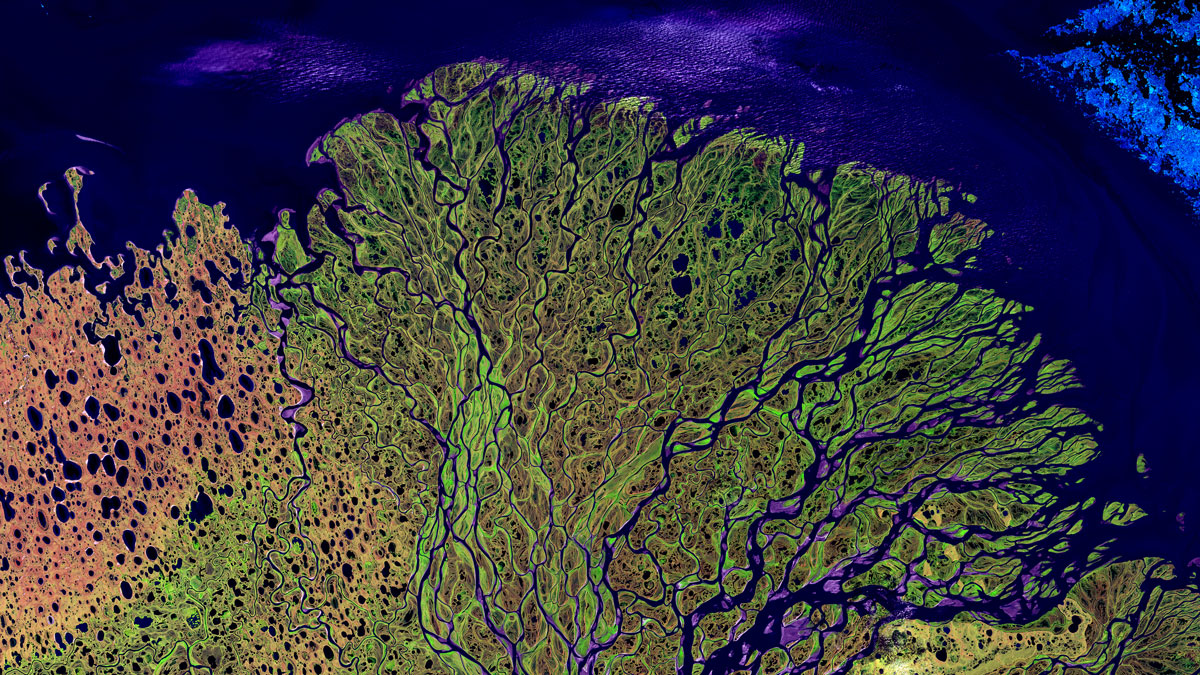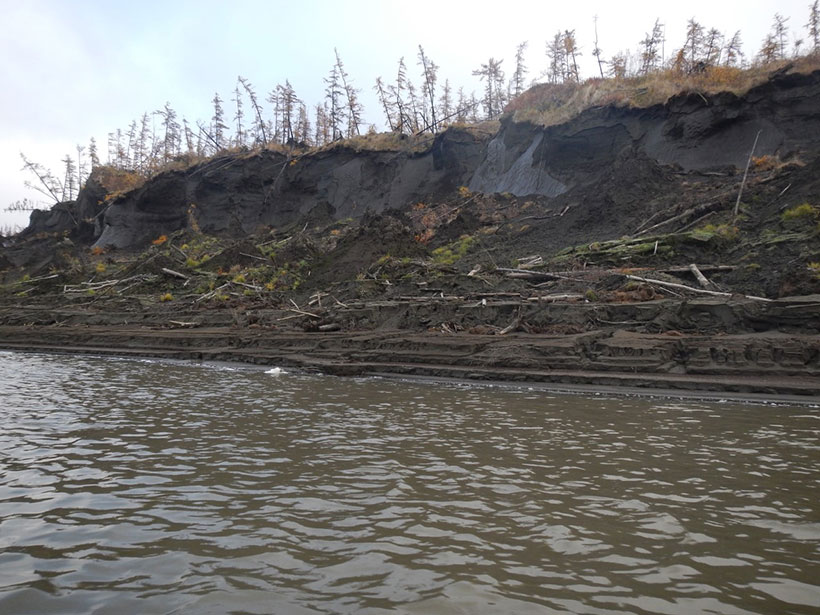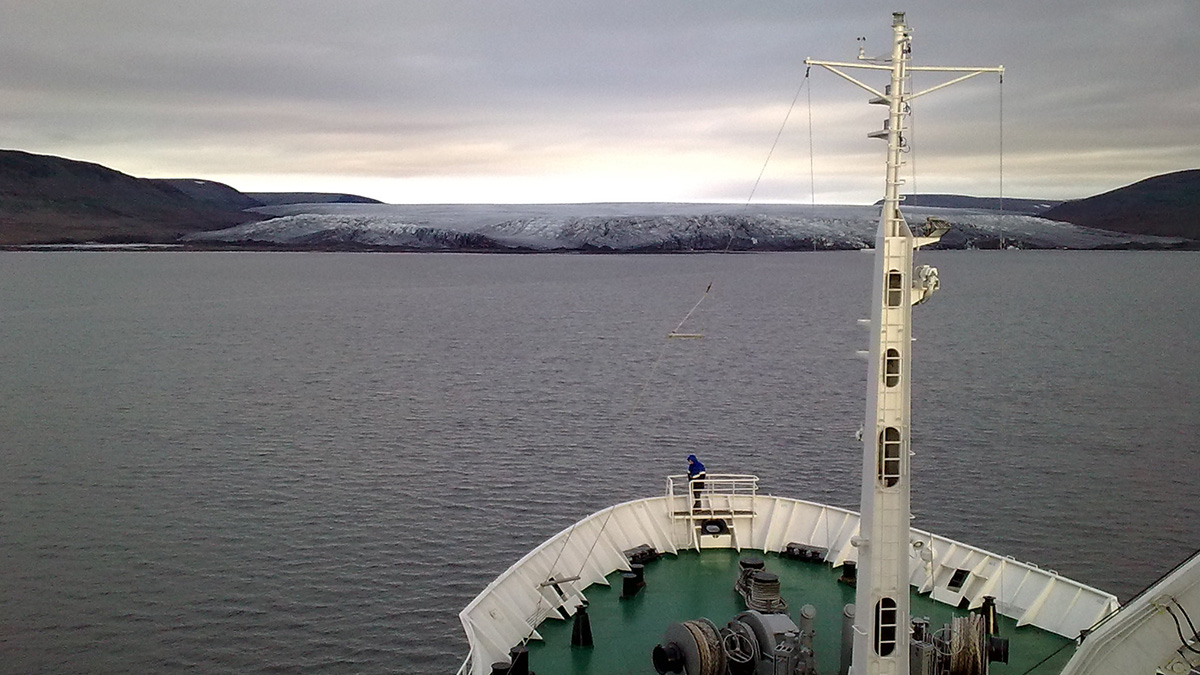Climate change is shifting the makeup of a key nutrient in rivers across Russia, Alaska, and Canada, with the potential for ecosystem-wide impacts.
Russia
Ароматы в ледяном керне рассказывают о жизнедеятельности человека
В ледяном керне самой высокой горной вершины Европы содержатся источающие запах молекулы, свойства которых отражают экономические взлеты и падения Советского Союза.
Наконец-то найдено объяснение загадочным “камням дзен”
Лабораторные эксперименты позволили воссоздать тонкие ледяные пьедесталы, поддерживающие некоторые горные породы в природе, и выяснить, что сублимация играет ключевую роль в формировании этих редких и красивых структур.
Ледники Арктики, вулкан в Перу и русский голод
Группа, изучающая российские ледники, нашла подтверждение тому, что извержение вулкана в южном Перу изменило климат планеты в начале 17го века.
Минимальные свидетельства наличия углерода вечной мерзлоты в реке Колыме в Сибири
Новое исследование показало, что арктические реки в настоящее время переносят ограниченное количество растворенного органического углерода из вечной мерзлоты, что имеет значение для понимания изменения углеродного цикла в регионе и его потенциальной возможности ускорить изменение климата.
Arctic Glaciers, a Peruvian Volcano, and a Russian Famine
A team studying Russian glaciers found evidence that a volcanic eruption in southern Peru changed the planet’s climate at the beginning of the 17th century.
Projection: $110 Billion in Repairs for Russian Pipelines on Permafrost
Permafrost thaw is a major threat to pipelines in the Russian Arctic, particularly those carrying natural gas.
An Explanation, at Last, for Mysterious “Zen Stones”
Laboratory experiments re-create the thin, icy pedestals that support some rocks in nature, revealing that sublimation plays a key role in the formation of these rare and beautiful structures.
Minimal Evidence of Permafrost Carbon in Siberia’s Kolyma River
New research finds that Arctic rivers currently transport limited permafrost-derived dissolved organic carbon, which has implications for understanding the region’s changing carbon cycle—and its potential to accelerate climate change.
Siberian Heat Wave Nearly Impossible Without Human Influence
A new study finds that the exceptional temperatures seen in Siberia in the first half of 2020 would have been extremely unlikely without anthropogenic climate change.










